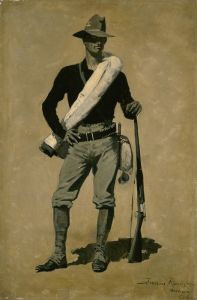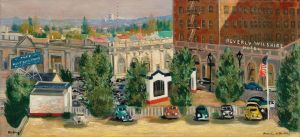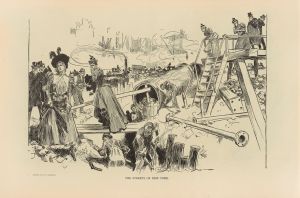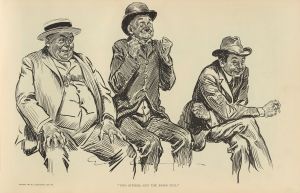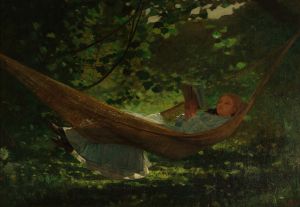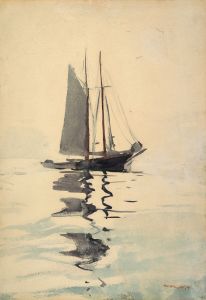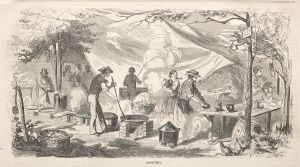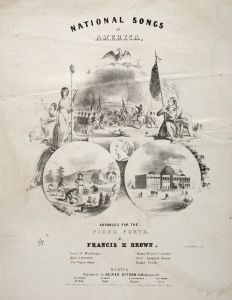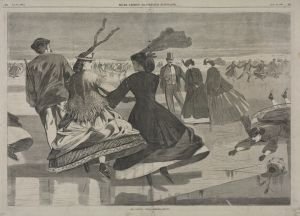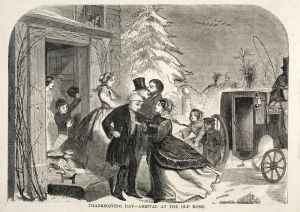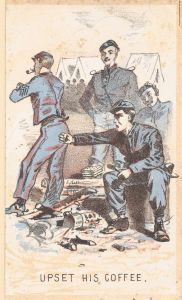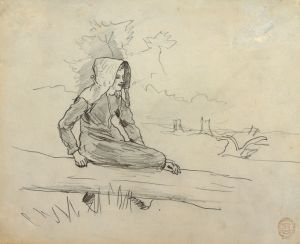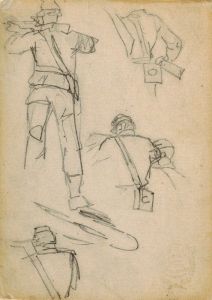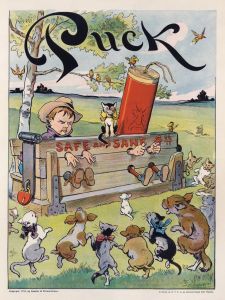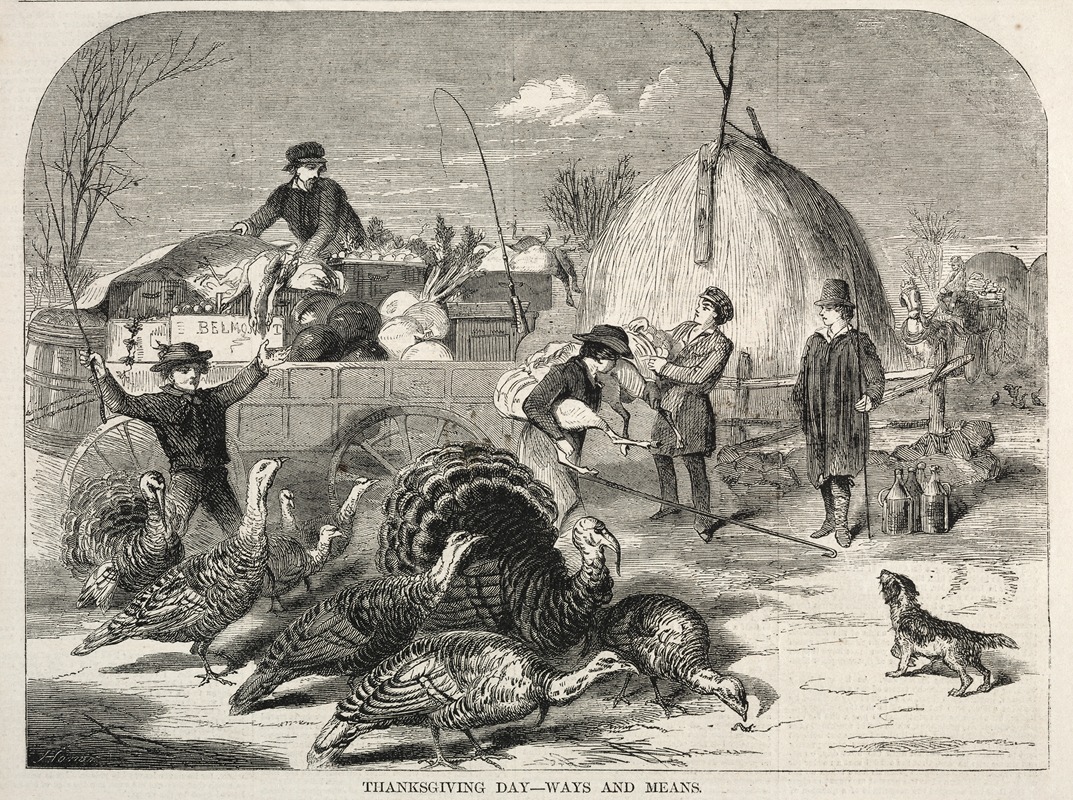
Thanksgiving Day – Ways and Means
A hand-painted replica of Winslow Homer’s masterpiece Thanksgiving Day – Ways and Means, meticulously crafted by professional artists to capture the true essence of the original. Each piece is created with museum-quality canvas and rare mineral pigments, carefully painted by experienced artists with delicate brushstrokes and rich, layered colors to perfectly recreate the texture of the original artwork. Unlike machine-printed reproductions, this hand-painted version brings the painting to life, infused with the artist’s emotions and skill in every stroke. Whether for personal collection or home decoration, it instantly elevates the artistic atmosphere of any space.
"Thanksgiving Day – Ways and Means" is a painting by the renowned American artist Winslow Homer, created in 1867. Homer is celebrated for his contributions to American art, particularly his depictions of everyday life and his masterful use of watercolors and oils. This particular work is an oil painting that reflects the post-Civil War era in the United States, a time when the country was undergoing significant social and economic changes.
The painting captures a domestic scene that is both intimate and reflective of the broader cultural practices of the time. It portrays a family gathered around a table, presumably on Thanksgiving Day, engaged in the preparation of a meal. The title "Ways and Means" suggests a focus on the practical aspects of preparing for the holiday, highlighting the resourcefulness and industriousness required to organize such a feast. This theme is consistent with Homer's interest in depicting the realities of everyday life and the resilience of ordinary people.
Homer's work is characterized by its attention to detail and its ability to convey the mood and atmosphere of the scene. In "Thanksgiving Day – Ways and Means," he uses a warm color palette to evoke a sense of comfort and togetherness. The composition of the painting draws the viewer's eye to the central figures, emphasizing their interactions and the shared task at hand. The expressions and postures of the individuals suggest a narrative of cooperation and familial bonds, which are central themes in many of Homer's works.
The painting is also notable for its historical context. Created shortly after the end of the Civil War, it reflects a period when Thanksgiving was becoming more widely celebrated across the United States. President Abraham Lincoln had proclaimed Thanksgiving a national holiday in 1863, and by the time Homer painted this scene, it had become an important occasion for Americans to gather and give thanks. The painting thus serves as both a depiction of a specific moment in time and a broader commentary on the cultural significance of Thanksgiving in American society.
Homer's ability to capture the essence of American life has made his works enduringly popular. "Thanksgiving Day – Ways and Means" is a testament to his skill in portraying the nuances of human interaction and the cultural practices of his time. While the painting is not as widely known as some of his other works, it remains an important piece in understanding the development of American art and the role of domestic scenes in reflecting societal values.
Overall, "Thanksgiving Day – Ways and Means" exemplifies Winslow Homer's talent for storytelling through art, offering a glimpse into the traditions and daily life of 19th-century America.





